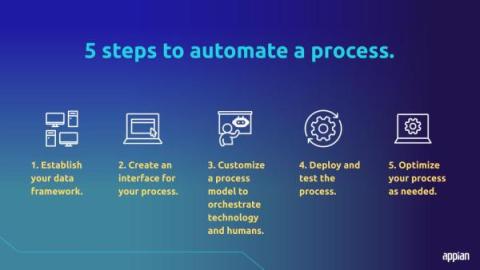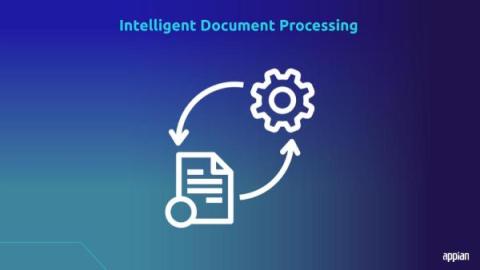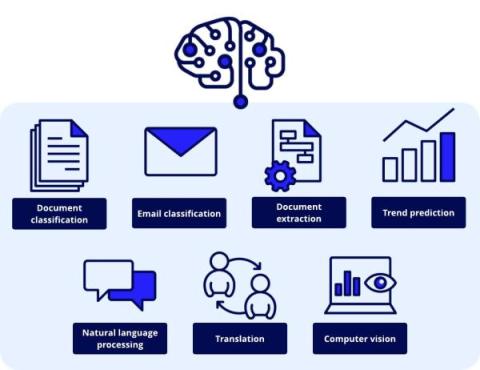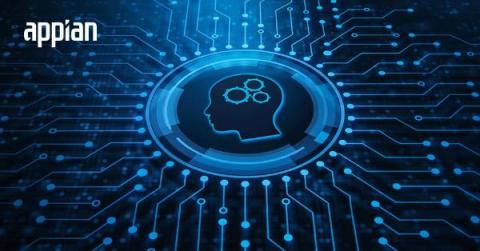The Guide to Improving Quality Management in Life Sciences
Effective quality management in the life sciences industry is essential for ensuring patient safety, regulatory compliance, and the delivery of high-quality, efficacious treatments and medical devices. And good quality management is about more than just checking a regulatory box. Ensuring the safety and efficacy of your products can prove challenging, but the right technology can help.











